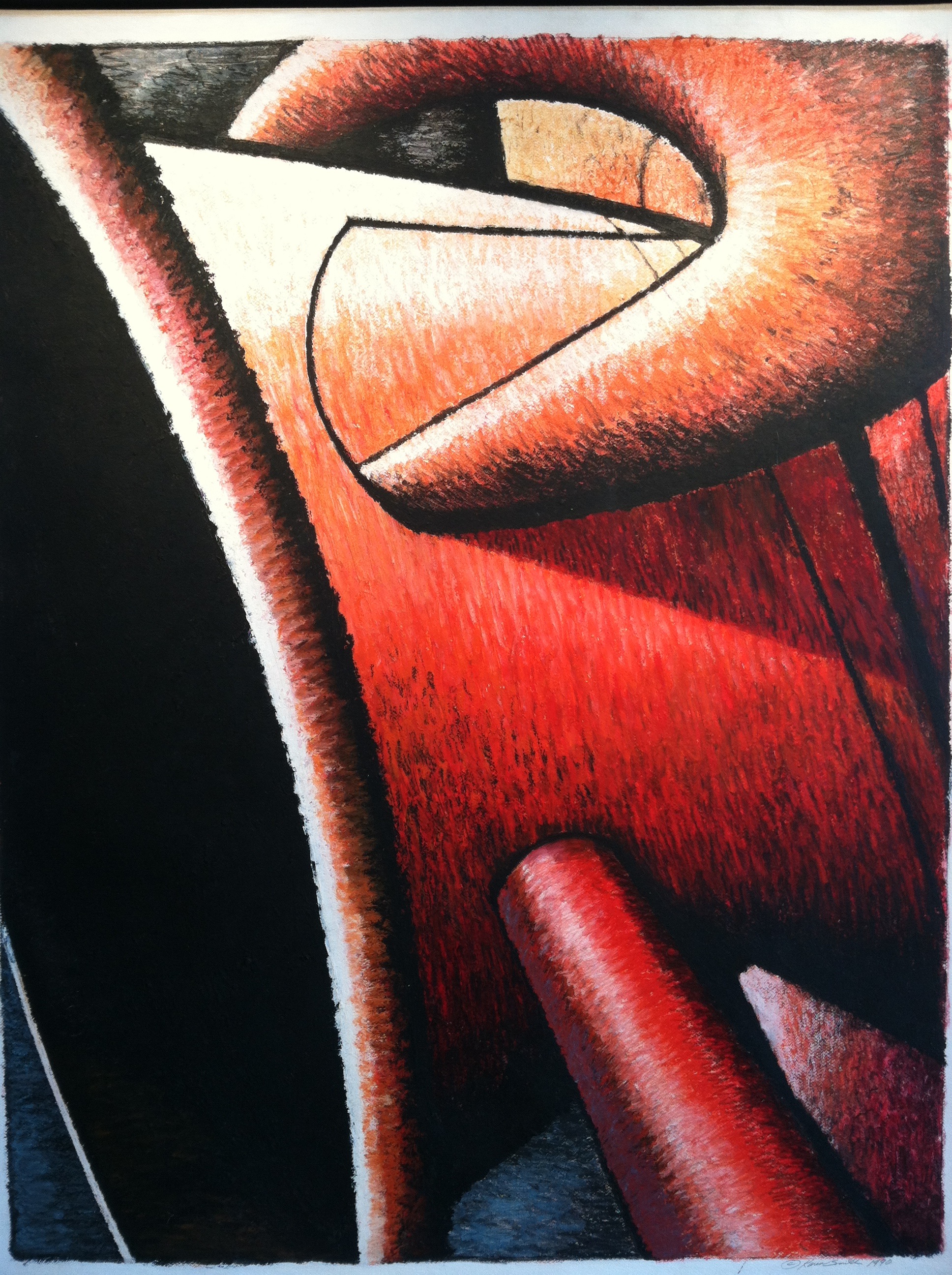KAREN TITUS SMITH
A Pennsylvania native, Karen Titus Smith was born in the city of Narberth and received her BFA from the Moore College of Art in Philadelphia. She continued her studies in Philadelphia at The Tyler School of Art at Temple University and the Pennsylvania Academy of the Fine Arts. She taught Fine Art courses at a number of institutions including the University of the Arts in Philadelphia and currently teaches at the Long Beach Island Foundation of the Arts and Sciences, Loveladies, NJ and the Paul Robeson Center for the Arts in Princeton, NJ.
Smith has been a resident of Pemberton, NJ since 1978 and has been exhibiting in both group and solo exhibitions since the late 1980’s. She has done commissioned mural sized paintings for many four and five-star hotels and corporate spaces throughout the United States. Smith has created works for many individuals and institutions, such as the prestigious presidential suite of the historic Willard Hotel in Washington, DC, The Watergate Hotel in Washington, D.C., The Roosevelt Hotel in New York City, and her most recent commissioned work for a private home in the Virgin Islands. Her works can be found in many public and private collections, such as McGraw-Hill Companies in New York, Rutgers University in New Jersey, and the Moore College of Art in Philadelphia.
She allows her art to be left open for question, critique and interpretation, not basing her pieces on a set idea or concept. Form, or 2-dimensional form, has been an important element in her process as a painter. Her 2D works deconstruct images. Smith breaks down the original forms, rethinks and then reconstructs them in a unique way. Her inspiration draws from her daily life, such as the beauty of her natural surroundings or a significant event. Her work stems from anything that impacts her thoughts, inspires a form, a shape, or an idea, which she then explores in a visual format. She plays imagery against media, mixing objective and subjective “pushes”, enjoying the interaction between the contrasting imagery and forms. This fascination with form led to her exploration of 3-dimensional works. These forms began to take up actual space, creating a physical representation of her 2D realized forms. The expansion into 3-dimensional works allows light to and ultimately the experience of the viewer.
Click image to enlarge.



















